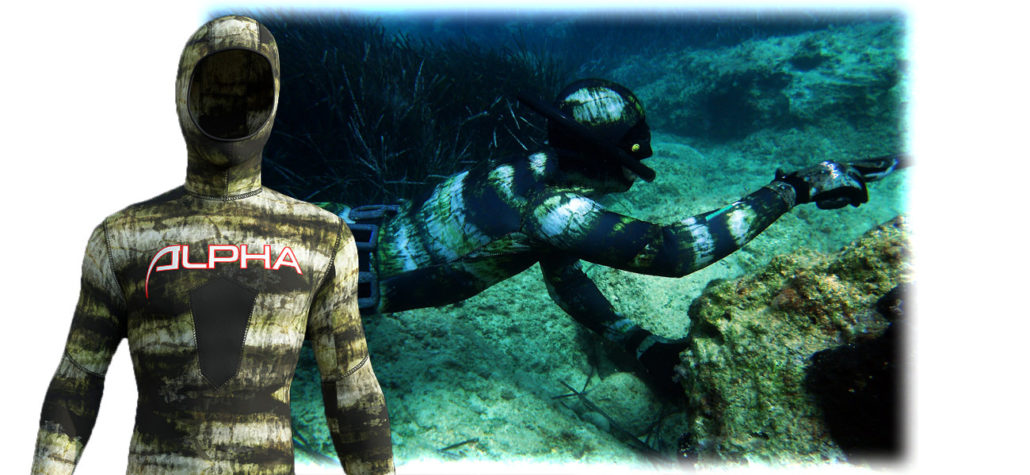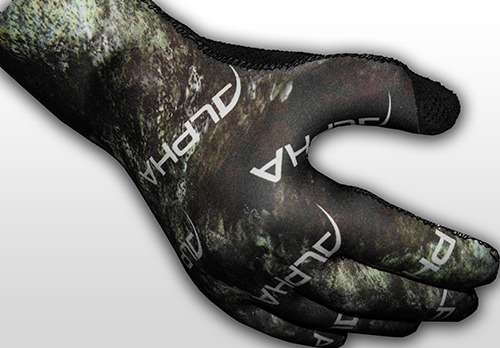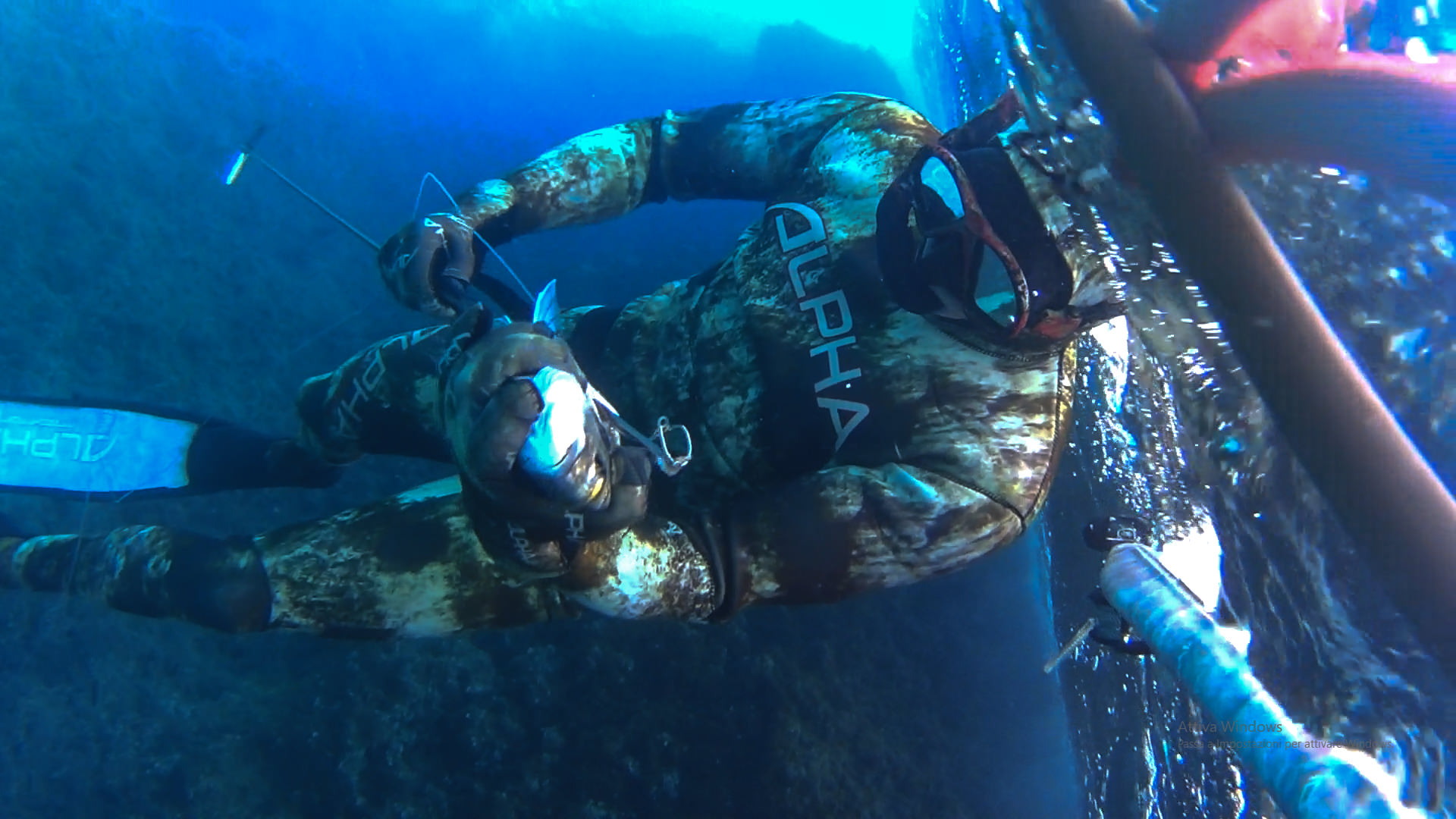Spearfishing Basic Gear
Spearfishing is Today, it’s still one of the most preferred and eco-friendly methods of acquiring fresh and nutritious seafood as it doesn’t require weapons or other dangerous instruments that can cause water pollution. Best of all, it can be a lot of fun! Before you start the dive or go hunting for a sizeable snapper or bass, you’ll need to make sure you have all you need for the catch.But to give you a general idea, here are the basic tools and equipment you’ll need for a safe and enjoyable spearfishing experience.
Spearfishing hunting Gear BASIC
Any professional spearfisher or “spearo” would know that having the right spearfishing gear is essential to ensuring your safety and success. Below you’ll find the most basic equipment that you may have to purchase for your first foray into spearfishing, as well as suggested brands that are popular and highly recommended by other spearos.
SPEARFISHING Weapon of Choice spearo
Now on to your primary weapon is speargun, they vary depending on the construction—some are manually launched using a band or sling, while others are air or gas-powered (pneumatic).
If you decide to go for a speargun, you’ll need to consider the visibility of the water and the size of the fish that you will be hunting before deciding on what kind to purchase. Low-visibility areas would require you to move in closer, which makes shorter spearguns more ideal. And unless you’re hunting for a bigger fish, you won’t necessarily need thick shafts or an air-powered speargun. In most cases where you may only need a mid-size, multiple band speargun with extra reach, you can get away with roller guns.
Spearfishing Wetsuits and Rash Guards

One of the most vital items you’ll need before action—or diving, for that matter—is a wetsuit. There are many kinds and types of wetsuits to choose from, depending on the water temperature and underwater activity.
You’ll want to consider the suit’s thickness, especially when diving in warm climates. It’s usually advisable to go for one that’s no thicker than 2.5mm, unless you’re doing deeper dives in colder water. If you’re not going to be performing deep dives or staying in the water for long periods of time, you can get away with just wearing a rash guard.
choose one that has a camouflage print or color so you can avoid detection—after all, you don’t want the fish to see you coming! Ideally, it should also have chest padding (also known as a loading pad) to help ease pressure from constant speargun reloading.
Spearfishing Mask and Snorkel
When choosing a mask, there are several things you’ll need to remember. First, you’ll want to go for a low-profile mask, which allows much less air in and reduces the pressure that you have to deal with when you equalize underwater. Next, choose one that offers the most visibility.
Spearfishing Gloves
Gloves are extremely helpful for providing warmth and protection for your hands without hindering you from reloading your speargun.

Freediving Fins
You can choose from plastic, fiberglass, or carbon fins. If you’re a beginner, you can save a lot of money on quality plastic fins. But if you want better-looking fins that require lower energy expenditure, you can invest in fiberglass fins.























